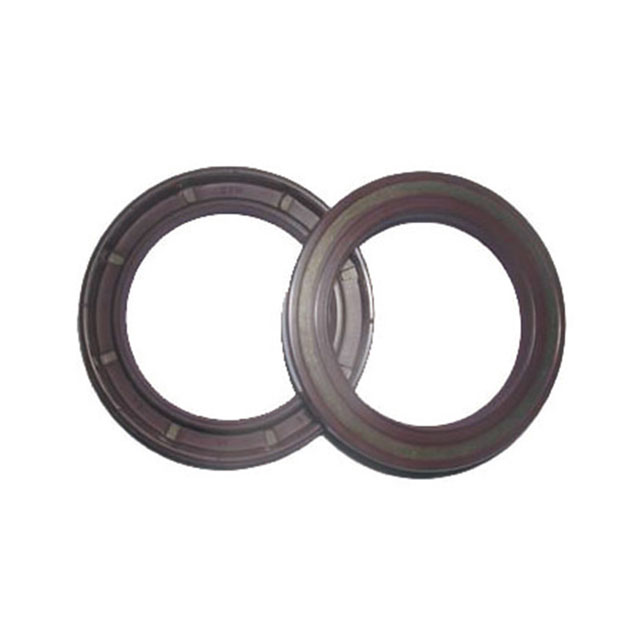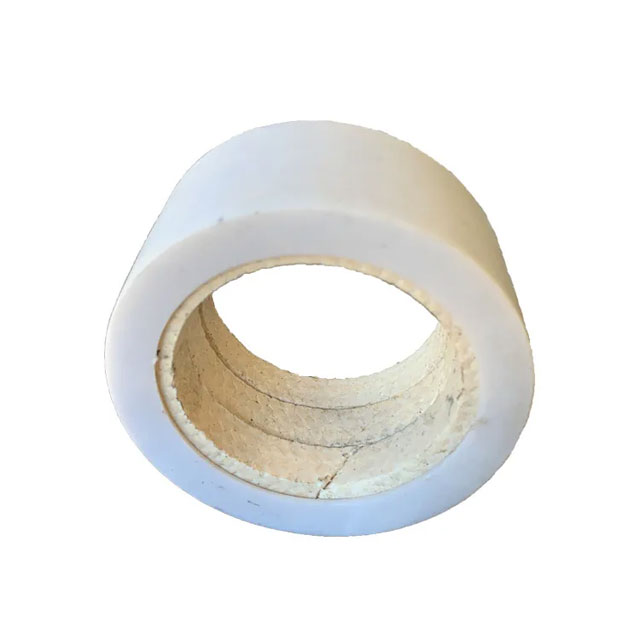WeChat: 86-13735815206 / 86-17392256505
Phone: 86-29-88680837
Mail: sales@hlsolidscontrol.com
Add: Room 804, Building 1, Western Cloud Valley Phase II, Fengxi New Town, Xixian New District, Shaanxi Province
What are rig mats made of?
In the vast landscapes where industries meet nature, such as oil fields and construction sites, a critical component ensures operations run smoothly: rig mats. These sturdy platforms serve as a foundation for heavy machinery, offering stability and safety in challenging terrains. Have you ever wondered what goes into making these essential structures? In this article, we'll unravel the mystery behind rig mats, exploring the materials that contribute to their robustness and resilience.
Wooden Rig Mats
Traditionally, rig mats were primarily constructed from wood, owing to its natural abundance and strength. The most commonly used wood for rig mats is hardwood, such as oak, due to its durability and resistance to wear and tear. These wooden mats are created by binding together multiple layers of timber, forming a solid, load-bearing surface. However, while wooden mats are effective, they do have limitations. They are susceptible to decay, making them less ideal for long-term use, especially in damp or wet environments.
Composite Rig Mats
In response to the limitations of wooden mats, the industry has embraced innovation, leading to the development of composite rig mats. These mats combine various materials, such as thermoplastics, fiberglass, and resins, to create a robust and weather-resistant alternative. Composite rig mats are not only lightweight but also highly durable, making them ideal for projects in environmentally sensitive areas, such as wetlands or ecologically delicate regions.
Steel Rig Mats
Another material gaining prominence in the rig mat industry is steel. Steel rig mats are made from robust steel plates, which are welded together to form a solid and resilient platform. These mats are exceptionally durable and can withstand heavy loads and extreme weather conditions. Steel rig mats are often galvanized to enhance their resistance to corrosion, ensuring a longer lifespan even in harsh environments.
Advantages of Different Materials
Each material used in rig mats offers unique advantages:
Wooden Rig Mats:
Environmentally friendly due to the renewable nature of wood.
Cost-effective option for short-term projects.
Biodegradable and can be recycled after use.
Composite Rig Mats:
Lightweight, making transportation and installation easier.
Weather-resistant, ensuring longevity in various conditions.
Environmentally friendly, as they are often made from recycled materials.
Steel Rig Mats:
Exceptionally durable and able to handle heavy loads.
Resistant to corrosion, ideal for long-term use in challenging environments.
Low maintenance, reducing overall operational costs.
Conclusion
Rig mat play a pivotal role in the success of industrial projects, providing stability and support in rugged terrains. The choice of materials, whether wood, composite, or steel, significantly influences the mats' durability, environmental impact, and overall effectiveness. As technology advances, we can expect further innovations in rig mat materials, ensuring that these vital components continue to facilitate safe and efficient operations in industries around the world.



